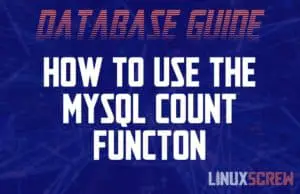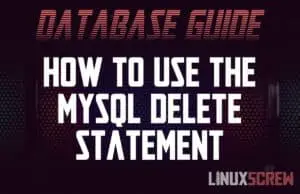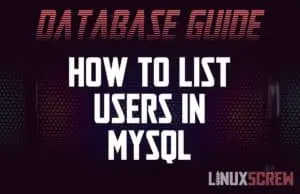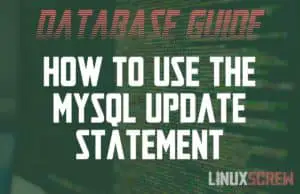How to Use the MySQL/MariaDB COUNT Function, With Examples
This quick article will demonstrate how to use the MySQL/MariaDB COUNT function to count the number of records returned by a query. MySQL/MariaDB COUNT Function Syntax COUNT(query) Note that: query can be an SQL query or a string representing a column name Null values found by the query will not be counted The COUNT function will return the number of matching records for a query and should be combined with the SELECT statement to output the result. Example Data The below examples use the following … Read more






![Merging/Combining Arrays in PHP with array_merge [Examples] 6 PHP array_merge](https://cd.linuxscrew.com/wp-content/uploads/2021/09/php-array_merge-feature-300x194.jpg)

![Formatting Numbers with number_format() in PHP [Examples] 8 PHP Number Format](https://cd.linuxscrew.com/wp-content/uploads/2021/09/php-number-format-feature-300x194.jpg)

